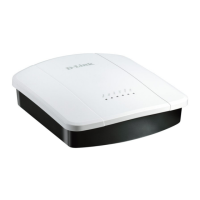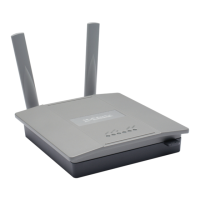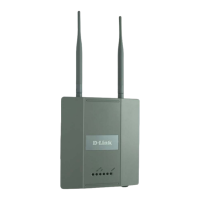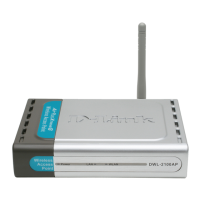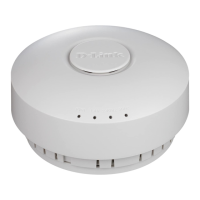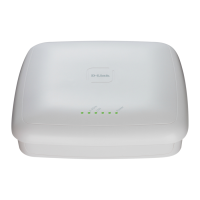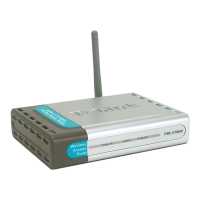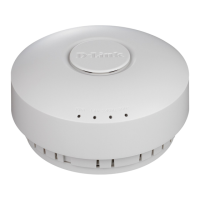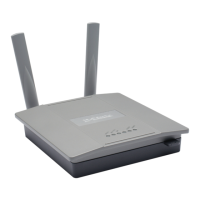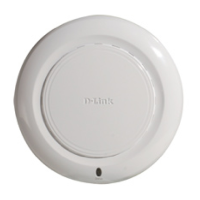D-Link UAP Software User Manual
12/10/09
Page 14 Getting Started 34CSFP6XXUAP-SWUM100-D13
Section 2: Getting Started
The D-Link UAP provides continuous, high-speed access between wireless devices and Ethernet devices. It is an advanced,
standards-based solution for wireless networking in businesses of any size. The UAP enables wireless local area network
(WLAN) deployment while providing state-of-the-art wireless networking features.
The UAP can operate in two modes: Standalone Mode or Managed Mode. In Standalone Mode, the UAP acts as an
individual access point in the network, and you manage it by using the Administrator Web User Interface (UI), command-line
interface (CLI), or SNMP. In Managed Mode, the UAP is part of the D-Link Unified Access System, and you manage it by
using the D-Link Unified Switch. If an AP is in Managed Mode, the Administrator Web UI, Telnet, SSH, and SNMP services
are disabled.
This document describes how to perform the setup, management, and maintenance of the UAP in Standalone Mode. For
information about configuring the AP in Managed Mode by using the D-Link Unified Switch, see the
Administrator Guide
for
the switch.
Before you power on a new UAP, review the following sections to check required hardware and software components, client
configurations, and compatibility issues. Make sure you have everything you need for a successful launch and test of your
new or extended wireless network.
This section contains the following topics:
• Administrator’s Computer Requirements
• Wireless Client Requirements
• Dynamic and Static IP Addressing on the AP
• Installing the UAP
• Basic Settings
• Using the CLI to View the IP Address
• Configuring the Ethernet Settings
• Configuring IEEE 802.1X Authentication
• Verifying the Installation
• Configuring Security on the Wireless Access Point
To manage the UAP by using the Web interface or by using the CLI through Telnet or SSH, the AP needs an IP address. If
you use VLANs or IEEE 802.1X Authentication (port security) on your network, you might need to configure additional
settings on the AP before it can connect to the network.
Note: The WLAN AP is not designed to function as a gateway to the Internet. To connect your WLAN to other LANs
or the Internet, you need a gateway device.
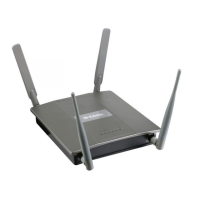
